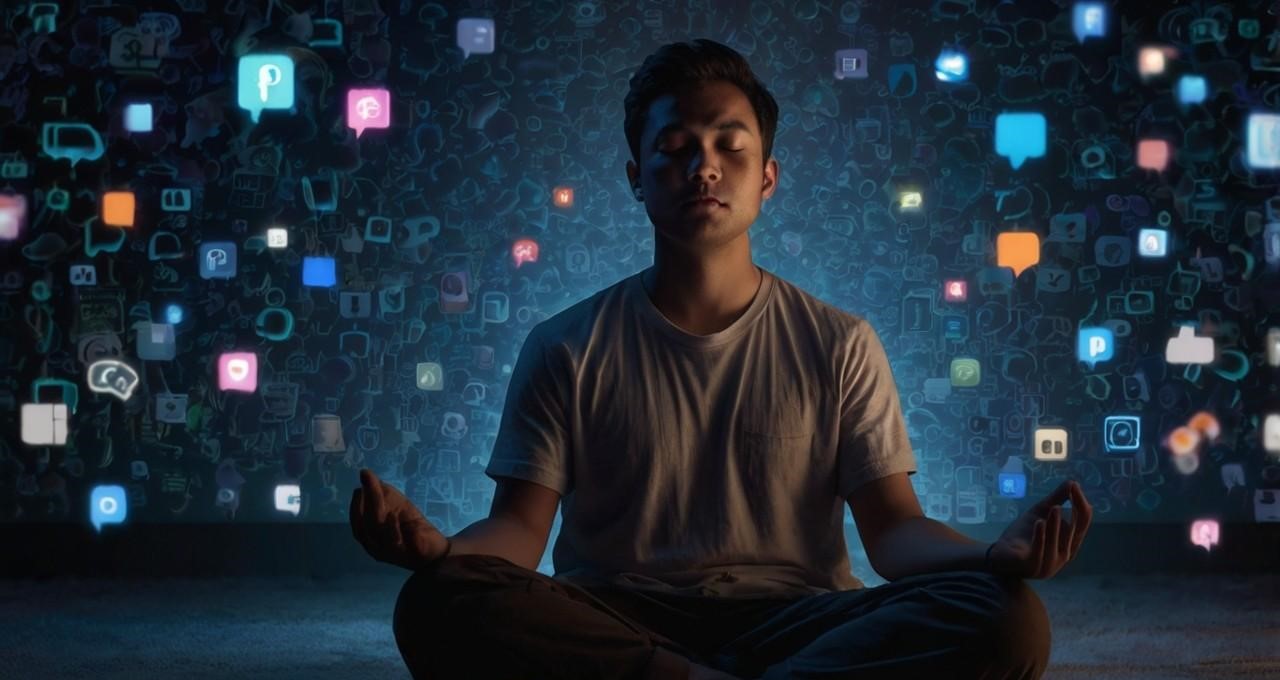
"Make peace with silence, and remind yourself that it is in this space that you’ll come to remember your spirit."
Wayne Dyer
Let’s get this straight—when you hear “silent retreat,” you probably imagine a group of barefoot strangers sitting cross-legged in a bamboo hut, sipping herbal tea, and pretending to levitate.
Yeah. No.
A silent retreat isn’t a vacation. Nor is it an aesthetic Instagram moment. It’s a reset.
It’s you vs. your brain—raw, unplugged, and totally sober. No podcasts. No playlists. No texts. Just… silence.
And here’s the kicker: it works. Not because it’s magical.
But because we’re noise junkies—hooked on notifications, deadlines, and the occasional existential crisis. We’ve basically turned into modern-day Sisyphus, shoving the same boulder of burnout uphill on repeat.
A silent retreat strips all that away and forces you to sit with the one person you’ve been avoiding: YOURSELF.

Uncomfortable? Hell yes.
Necessary? Even more so.
Now let’s dive into why putting your life on mute might just be the smartest move you make all year.
Here’s the deal—most people would rather get a root canal than spend ten straight hours alone with their thoughts. That’s not an exaggeration. That’s science.
And that’s why the first 24 hours of a silent retreat feel like an existential ambush. The moment external noise dies, your internal noise takes the stage. Loudly.
Old arguments. Strange grocery lists appear. Cringe flashbacks from 2012. Your brain starts free-running through nonsense just to keep itself occupied.
It’s not personal—it’s addiction. Your mind has been mainlining stimulation for years.
But then, the static starts to fade. The mental fog thins. Buried thoughts, things you’ve been ignoring, and things you actually need to hear begin to resurface.
That’s the messy part before the magic. The friction before the clarity. The discomfort before the deep calm.
And that’s exactly why the silence works.
A silent retreat doesn’t require robes, chanting in Sanskrit, or studying the “wisdom” of tree bark. (Unless that’s your thing—no judgment.)
At its core, a silent retreat is simply this: you stop talking, shut out distractions, and just be with yourself. No deadlines. No TV. No group chats. No fake busyness to dodge your own thoughts.
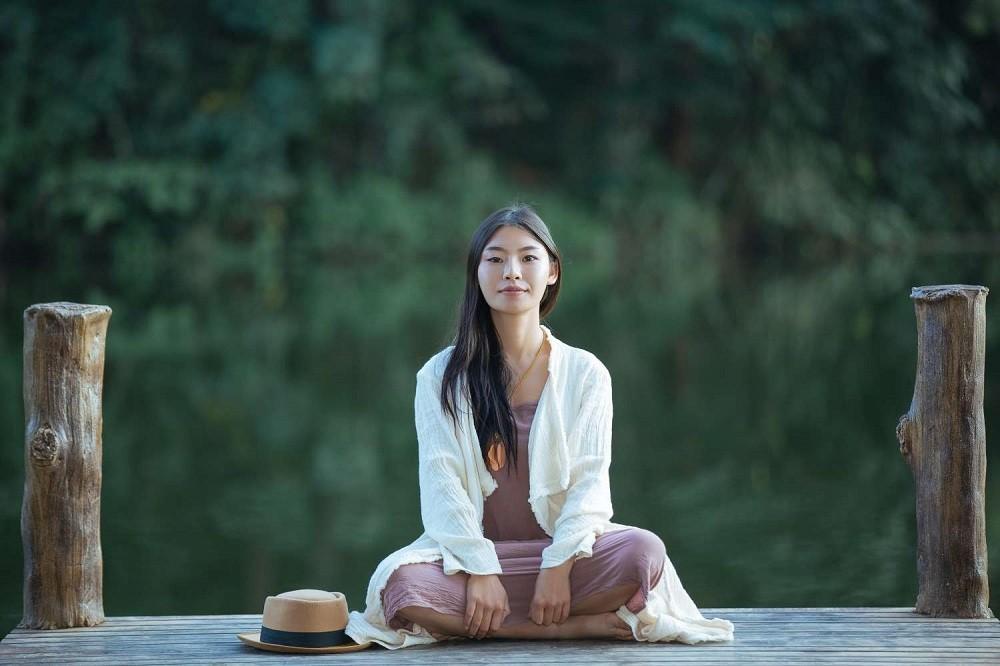
Just you and quieter than you’re probably comfortable with. Most retreats last a few days to a week. Some are guided—complete with meditation sessions, mindful eating, and light instructions.
Others go full monk mode: minimal eye contact, no journaling, no reading, nada.
Sounds intense? It can be. But that’s the point.
The goal isn’t to turn you into a spiritual influencer or a Zen guru. It’s to help you unplug from the chaos and reconnect with something most of us actively avoid: your own inner world.
No, it’s not religious. It’s just stillness—intentional, uncomfortable, and transformative stillness.
And once you taste it, you might wonder why you didn’t shut up sooner.
So why bother with all that monk-mode silence?
Because once you get past the awkward quiet and the weird inner commentary, something unexpected happens—your mind starts working for you, not against you.
So, here are 9 reasons why a silent retreat is more than just a fancy escape plan:
Most of us walk around like our minds are 47 browser tabs deep—half of them auto-playing ads we didn’t ask for.
A silent retreat slams that laptop shut. Without constant input, your brain shifts from survival mode to reset mode.
It’s like going from doomscrolling at 2 a.m. to waking up after the best nap of your life—except the nap is for your nervous system.
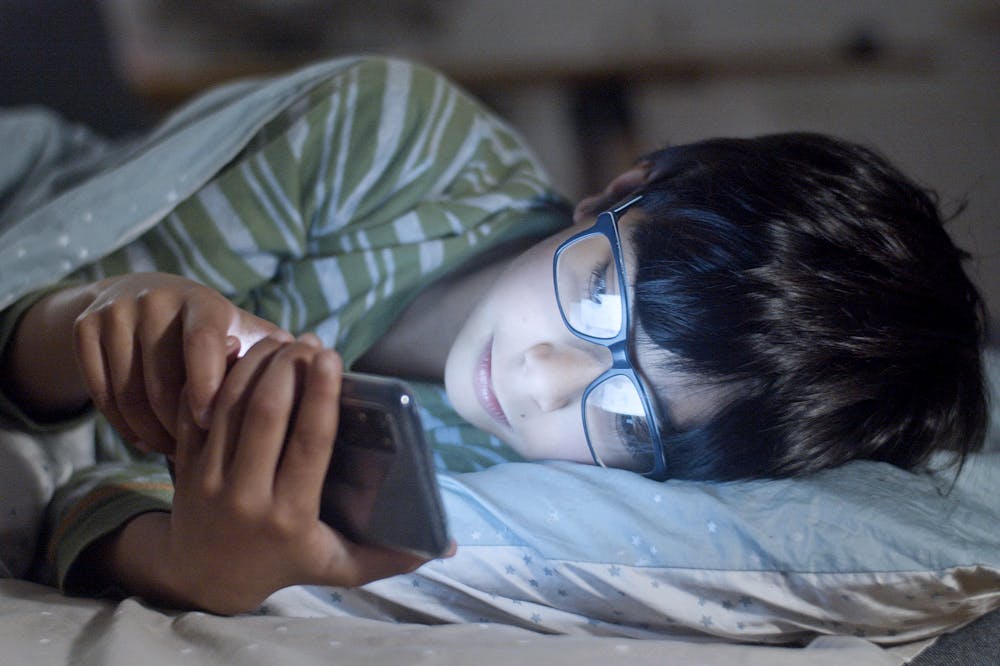
When the noise stops, so does the mental chaos. You start noticing how much energy you’ve been wasting just keeping up with the endless buzz.
And the best part? You don’t need an app, a guru, or a Himalayan cave to feel the shift. You just need quiet.
Modern life is designed to keep you scrolling, clicking, and checking. We call it “staying informed.” Really, it’s mental junk food.
A silent retreat is like an intense digital detox, minus the smug Instagram post about doing one. No feeds. No alerts. No “just one more” YouTube video.
Instead, your brain gets to downshift. You actually start hearing yourself again. Your real thoughts, not the algorithm-fed nonsense.
For some people, this gets deep fast—like “quit-my-job-and-move-to-the-mountains” kind of deep.
When you step back into the real world, the pull of your phone doesn’t feel as strong. You’ve rewired the habit loop without even trying.
Let’s be honest: the world’s kind of a mess. And your nervous system? It’s probably been running on Red Bull and echoes of past traumas since 2020.
Silent retreats pull the emergency stop. Your nervous system shifts from high alert into recovery mode. Studies show silent retreats can slash cortisol levels, calm your heart rate, and even lower blood pressure.
Suddenly, the constant internal whirring slows. The hamster wheel stops. You breathe—actually breathe—for the first time in forever.
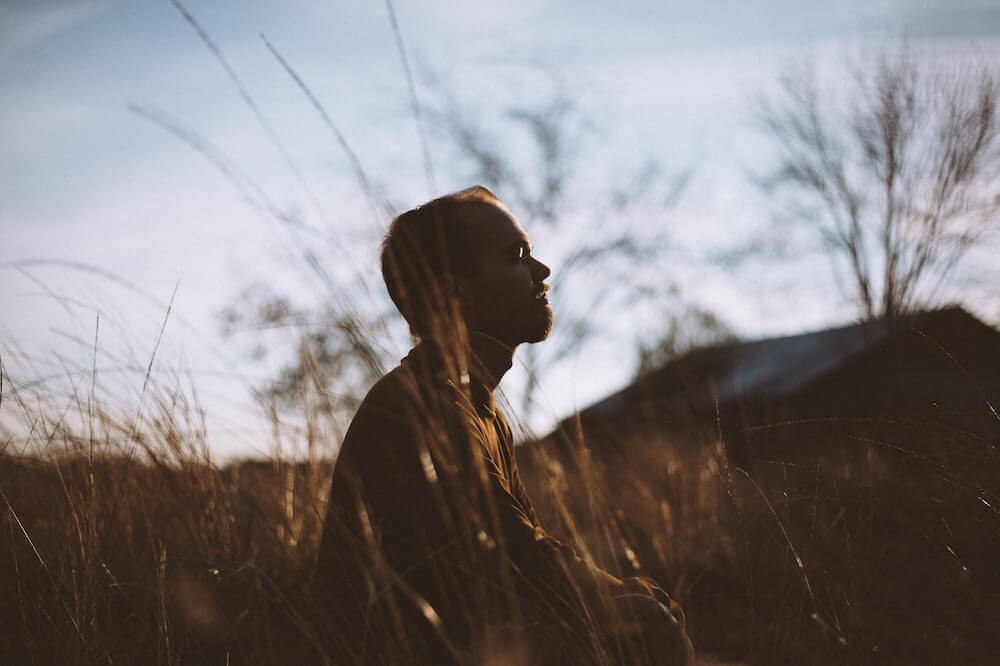
This isn’t just about feeling calm—it’s about what that calm does for you. Better sleep. Clearer thinking. Less snapping at people who don’t deserve it.
And yeah, it works better than that overpriced lavender candle you keep forgetting to light.
After a silent retreat, distractions feel like trying to bother a monk mid-meditation. Good luck with that.
When you strip away the noise—notifications, chatter, mental junk—you give your brain what it’s been begging for: the ability to focus on one thing at a time.
We’re not talking productivity hacks. We’re talking actual neural upgrades.
Duke University research in 2013 found that just two hours of silence a day triggered significant cell growth in the hippocampus—the brain’s memory and focus HQ. It literally triggers neurogenesis, aka the birth of new brain cells.
Silence is like giving your mind a much-needed software update. Multitasking glitches? Gone. Mental lag? History.
You come back from the retreat knocking out tasks like a productivity robot on espresso. That report you’ve been avoiding? Done before lunch. That conversation you’ve been dreading? Clear, calm, handled.
Turns out all you needed wasn’t another time-blocking app—it was silence.
Think of your mind like that drawer—you know. The one with expired coupons, dead batteries, and some mystery thing you’re scared to touch.
That’s what your brain looks like after years of never being alone with your thoughts. A silent retreat forces you to open that drawer.
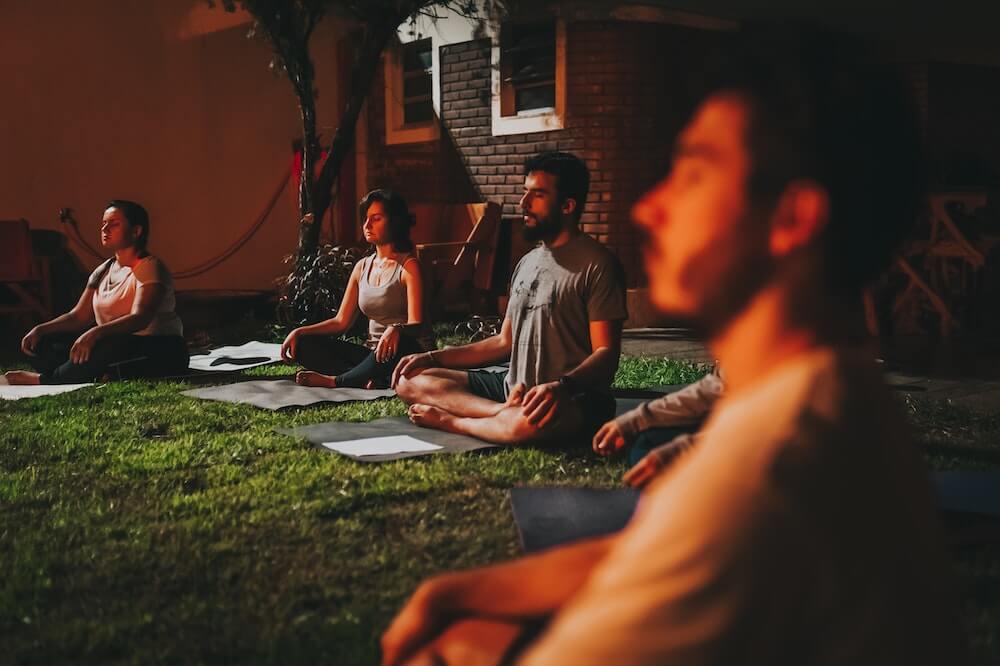
With no distractions, up comes everything you’ve been avoiding: old regrets, unresolved feelings, and that one text you never answered from 2017.
It’s like therapy… but without the therapist. Silence shines a spotlight on the emotional clutter. The stuff you shoved deep down, hoping it would just “sort itself out.”
Well, it doesn’t.
At first, it’s like being stuck in an elevator with your inner critic. But here’s the twist—you don’t fall apart. You stay. You face it.
And you realize those shadows in the drawer? They’re just junk you’ve been letting take up space.
Once you clear it out, you feel lighter. Stronger. More yourself. Like you finally made room for…YOU.
When was the last time you noticed a tree that wasn’t wedged between two parked cars?
Most silent retreats take place far from the chaos. We’re talking forests, mountains, temples, seaside hideouts—places where the loudest thing around is a bird arguing with a squirrel.
And suddenly… you see things. Leaves. Clouds. Actual stars.
You’re breathing air that doesn’t smell like fries or exhaust and does nasty stuff to your nervous system. It slows your pulse, quiets your brain, and reminds you that life’s bigger than your inbox.
Remember real sleep? The deep, no-alarm, drool-on-the-pillow kind? That’s what a silent retreat gives you. No glowing screens. No pinging group chats. No overstimulated brain running highlight reels at midnight.

The first night, you might twitch from phone withdrawal. But by night two? You’re out like a toddler after a beach day—and waking up without a brain fog hangover.
Imagine eight uninterrupted hours without dreaming about unread emails or getting chased by your to-do list.
Heavenly, right?
It’s not magic. It’s just what happens when your mind finally powers down instead of idling on anxiety mode.
At first, silence feels like boredom in 4K. Crisp. Uncomfortable. Every second drags. Then your brain starts… playing.
When the noise clears, creativity rushes in to fill the vacuum. Ideas bubble up—business concepts, book plots, random “what if” scenarios.
This is your default mode network kicking in—the brain’s sandbox where daydreams, problem-solving, and weird mental mash-ups happen. Suddenly your “meh” shower thoughts upgrade into full-blown lightbulb moments.
No, you’re probably not painting the next Mona Lisa. But you will remember how to daydream again—and that’s where every great idea is born.
Post-retreat, life still throws nonsense at you. The difference? It doesn’t stick.
Karen from accounting can send an all-caps email, and you’ll just sip your tea. You pause before snapping back. You walk through chaos like a cat in a sunbeam—aware, but not rattled.

Silence rewires you to stop letting small stuff rent space in your head. Before, a minor inconvenience sent you spiraling.
Now, you become the emotional equivalent of noise-cancelling headphones.
It’s not that the world got calmer. You did.
Ah, the allure of retreats. Whether it’s a silent retreat, a meditation retreat, or a yoga retreat, these experiences often unfold in picturesque, remote locations adorned with breathtaking scenery.
But not all silent retreats are built the same. Some are hardcore, like 10-day Vipassana sessions where your only friend is your breath.
Others are gentler, like weekend wellness getaways or mindfulness-based programs that sneak in a bit of guided reflection between your bouts of glorious hush.
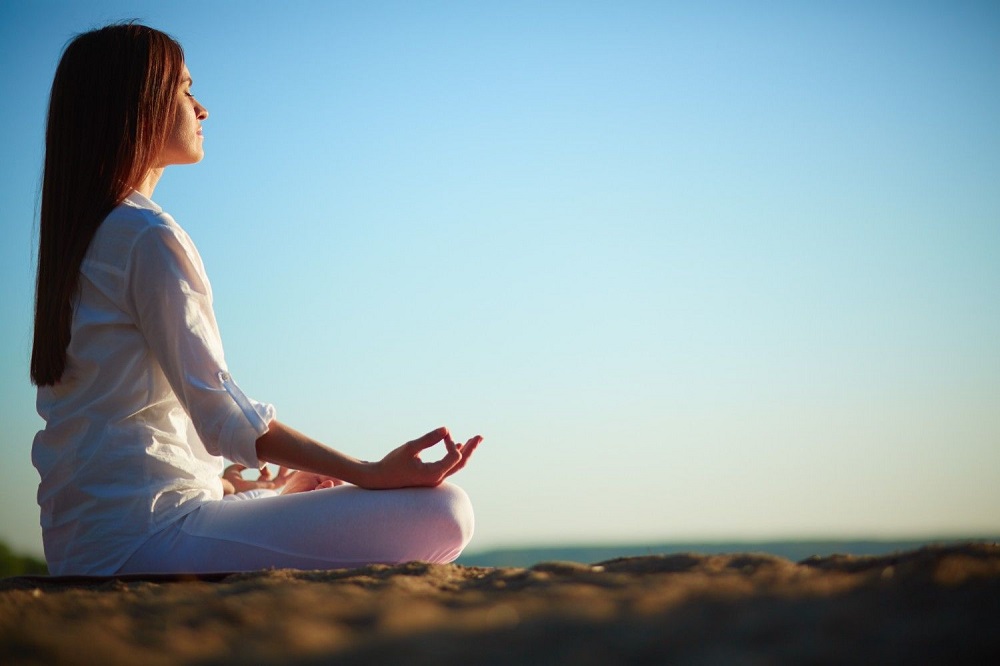
Here’s what to consider before booking:
Pro tip:
Pick one that doesn’t secretly double as a juice cleanse cult. You want peace, not lemon cayenne hallucinations.
Do your homework. Because the right retreat feels less like an escape and more like a homecoming.
What to Expect on Your First Silent Retreat
Day one will feel… weird. You’ll want to talk. A lot. And you’ll make awkward eye contact with strangers, half-smile, and then remember: nope, silent.
Restlessness kicks in. Your brain will throw a tantrum, and you’ll fantasize about texting your dog.
But then—slowly—you adapt.
You journal. You take long walks in nature. You breathe like someone who isn’t constantly behind on deadlines. You listen to your own thoughts without judgment (or panic).
Guided meditations help ground you. Meals become mindful rituals. Even doing nothing becomes… something.
Here’s the deal: it’s normal to feel weird before it feels good. You’re detoxing from noise, stimulation, and the dopamine chaos of everyday life.
Give it time. By day three, you’ll wonder why you ever needed to fill every silence.
By day five, you might even miss the quiet before it’s gone.
Let’s be clear: silent retreats aren’t spa vacations. There are no infinity pools or cucumber water with motivational quotes.
What did you get? A full-on reset. Mentally. Emotionally. Spiritually (if you’re into that). You unplug from the chaos and plug into something deeper—yourself.
This is your reboot button. You don’t have to be a monk. You don’t have to “find yourself.” You just have to stop, unplug, and listen.
Worst case? You spend a few days in peace. Best case? You meet yourself again.
And you realize…they were kind of awesome all along.
Trade the noise for mental clarity, rediscover yourself, and come back with a mind that actually feels like yours. Click here to find the retreat that’ll change the way you think, feel, and live.
Here are a few silent retreat destinations you can pick from in 2025/2026:
Or click here to select your favorite destination.
DISCLOSURE: In my article, I’ve mentioned a few products and services, all in a valiant attempt to turbocharge your life. Some of them are affiliate links. This is basically my not-so-secret way of saying, “Hey, be a superhero and click on these links.” When you joyfully tap and spend, I’ll be showered with some shiny coins, and the best part? It won’t cost you an extra dime, not even a single chocolate chip. Your kind support through these affiliate escapades ensures I can keep publishing these useful (and did I mention free?) articles for you in the future.
Like this article? Then you might want to read this:
READ NEXT